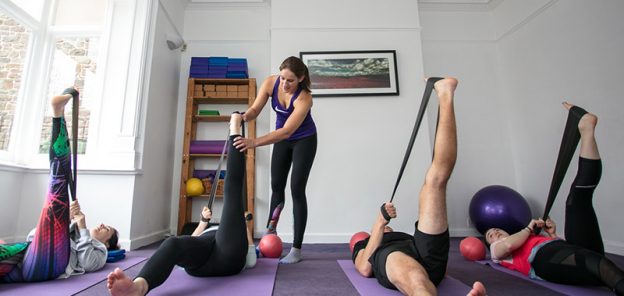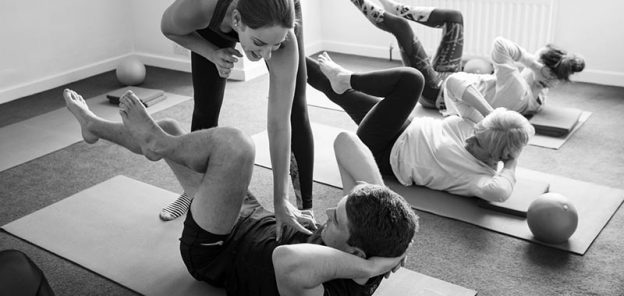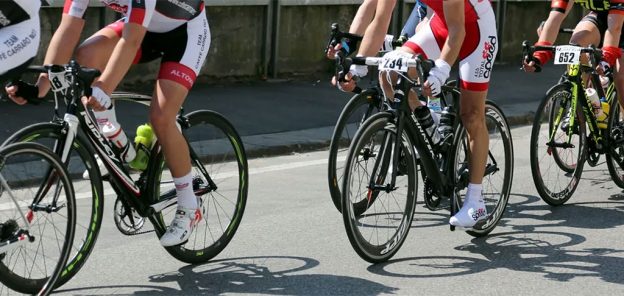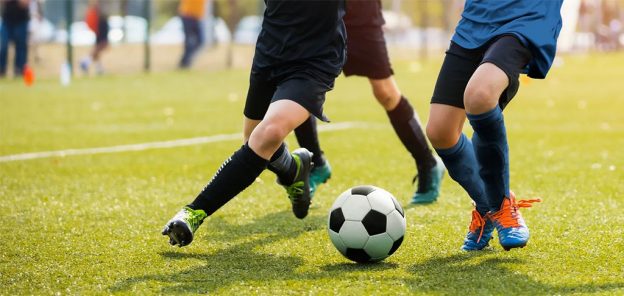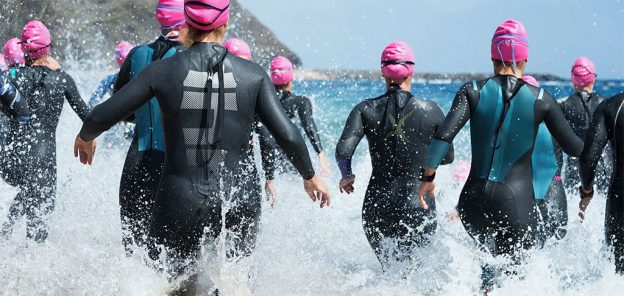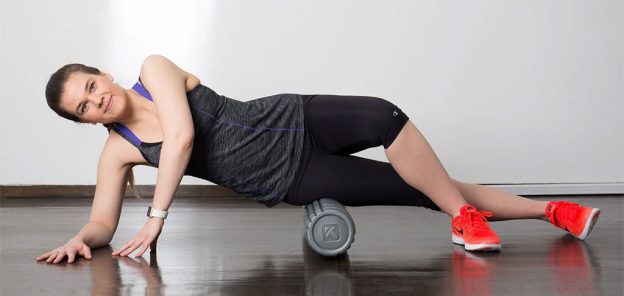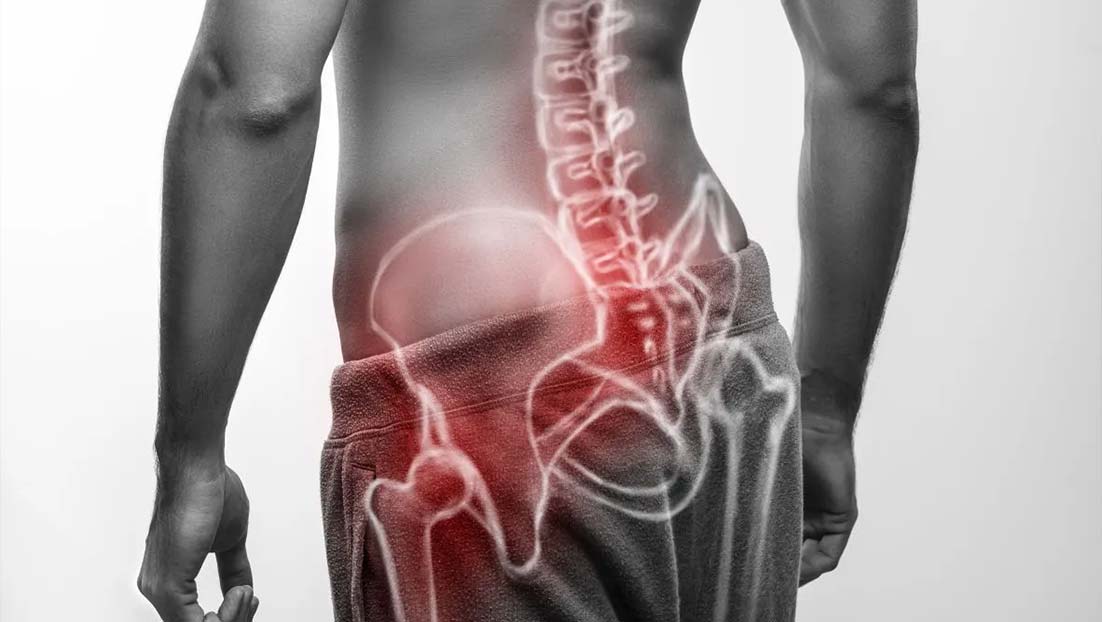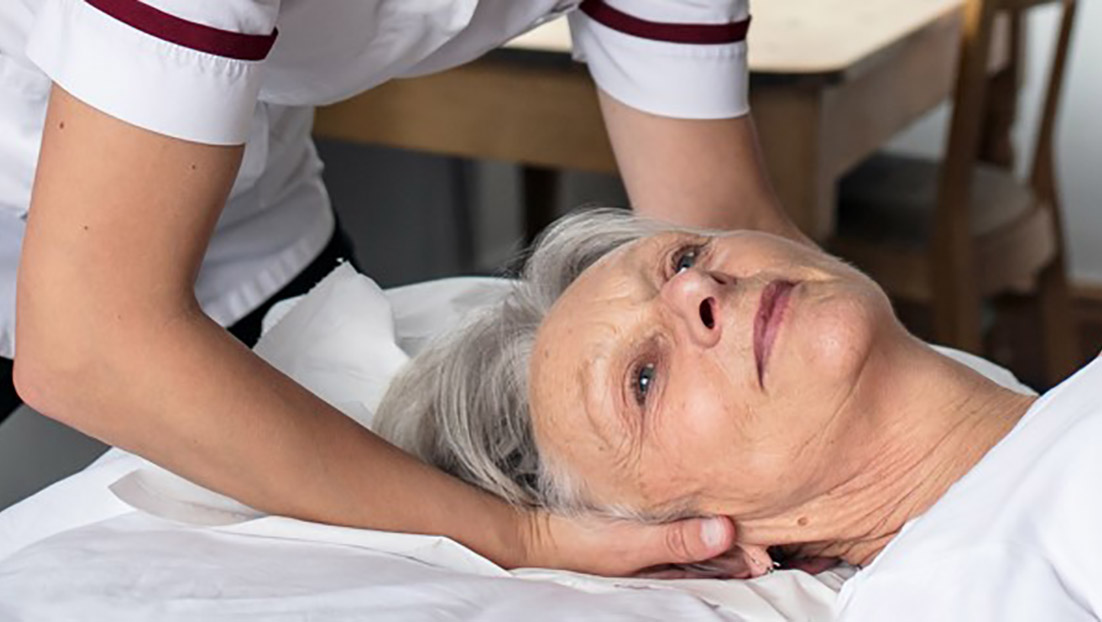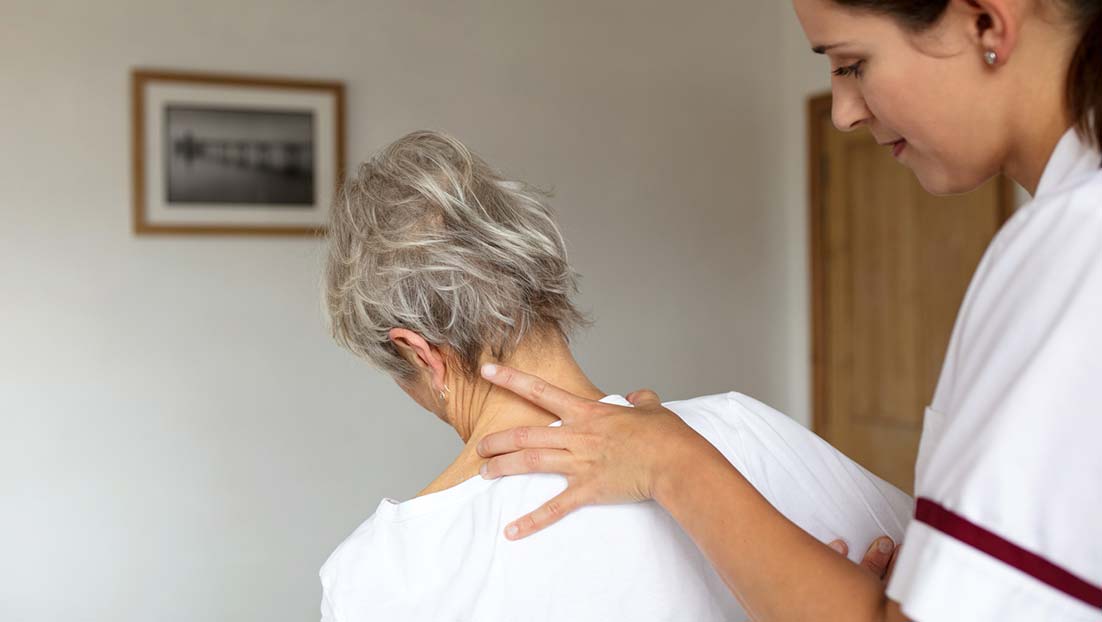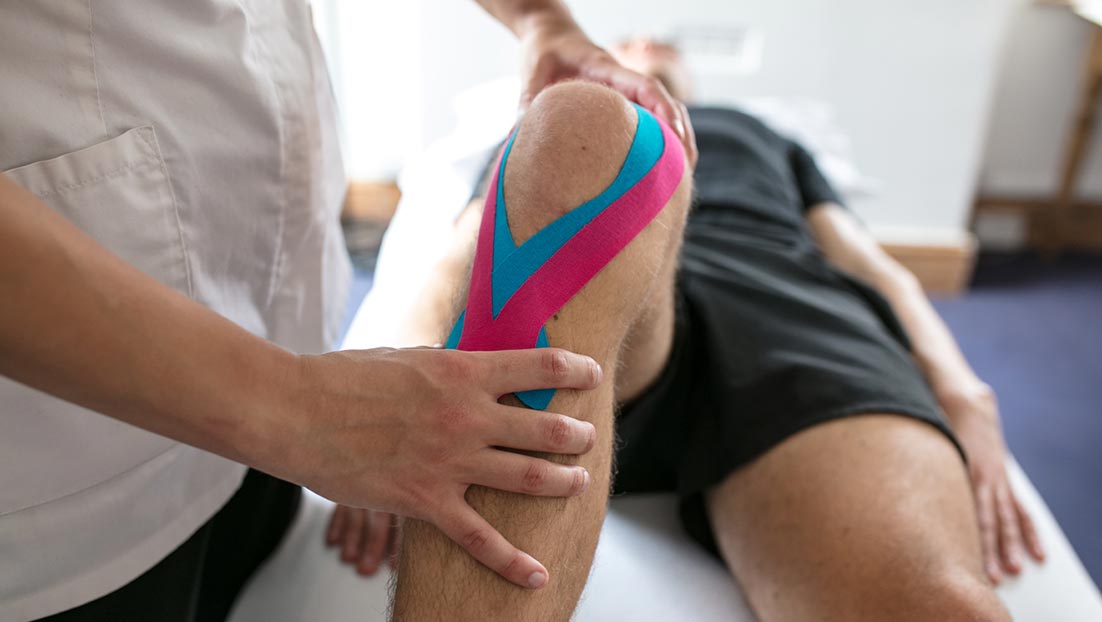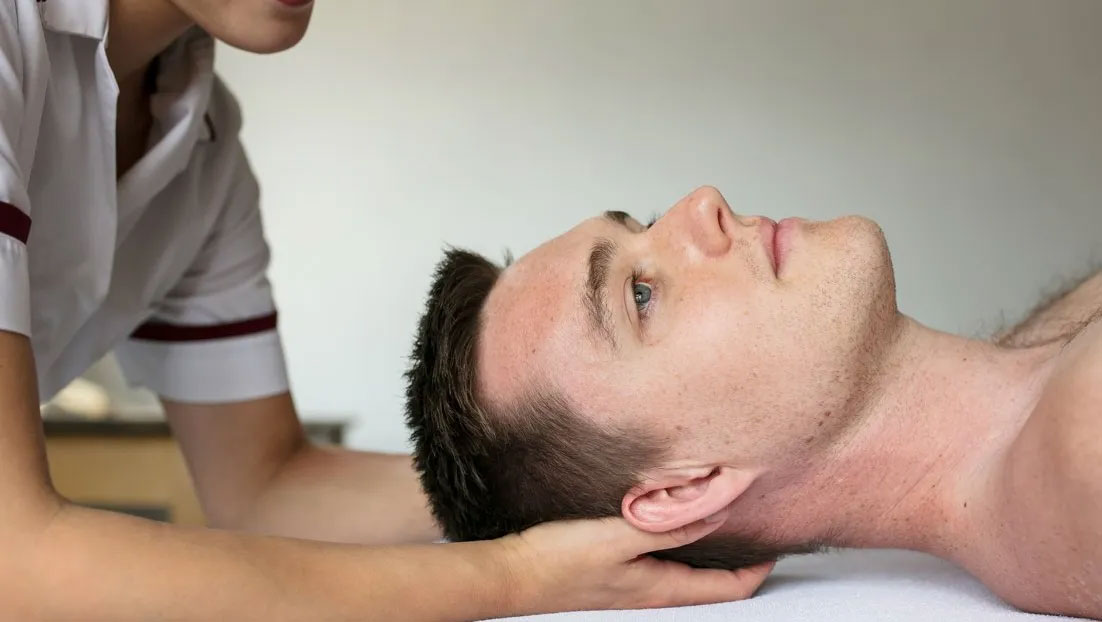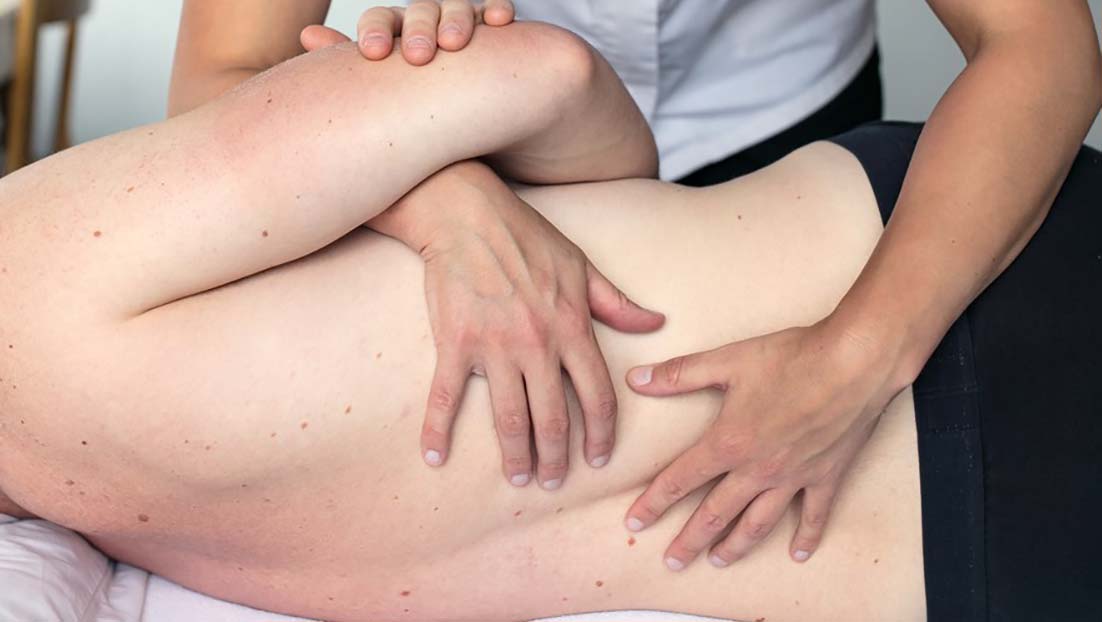





We can diagnose what’s causing your problem and put together a treatment plan to help improve joint mobility, break down scar tissue, and relieve muscle spasm and inflammation. This will include exercises to strengthen your weakened muscle groups and target specific goals such as flexibility, coordination and joint positioning.
What’s going on?
Running injuries
Many runners that visit us for the first time have put off making an appointment because they’re worried we’ll just tell them to ‘REST’! In reality, it’s not often that we have to tell someone to stop running, and there are plenty of ways to maintain cardiovascular fitness through other sports if you do need to take a short break.
However, knowing whether to run through pain or whether to rest and book an appointment can be tricky, so here are some useful tips:
- If you develop pain on a run that gets worse the further you go, it’s a good idea to cut the run short and get home
- Pay attention to how long the pain lasts post-run – if it lasts 24 hours and then disappears, then you should be fine to try a shorter test run or a walk/run
- If the pain lingers for more than 48 hours and still hurts walking up and down stairs, then running again is definitely going to make the problem worse – continue icing and stretching
- If a pain keeps cropping up on runs, modify your mileage to a level that doesn’t cause a flare-up or change terrain – book an appointment to resolve the problem and get back to your training
Shin splints
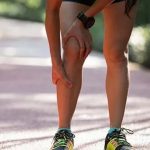 This is pain that occurs below the knee either on the front outside part of the leg (anterior shin splints) or the inside of the leg (medial shin splints). It’s a condition that often plagues beginner runners who do not build their mileage gradually enough or seasoned runners who abruptly change their training routine – suddenly adding too much mileage or switching from running on flat surfaces to hills.
This is pain that occurs below the knee either on the front outside part of the leg (anterior shin splints) or the inside of the leg (medial shin splints). It’s a condition that often plagues beginner runners who do not build their mileage gradually enough or seasoned runners who abruptly change their training routine – suddenly adding too much mileage or switching from running on flat surfaces to hills.
There can be several factors, such as overpronation (where the foot rolls inwards too much), inadequate stretching, worn shoes, or excessive stress placed on one leg or one hip from running on cambered roads.
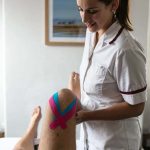 Shin splints are caused by repetitive stress on the tibia and connective tissues, so it’s important to ease back on your running, reducing mileage and frequency. If you try to ignore the problem, the pain can become continuous, and you risk an eventual stress fracture.
Shin splints are caused by repetitive stress on the tibia and connective tissues, so it’s important to ease back on your running, reducing mileage and frequency. If you try to ignore the problem, the pain can become continuous, and you risk an eventual stress fracture.
Important advice for shin splints is to reduce impact on the tibia by increasing your stride frequency. If you increase the number of steps you take in a minute of running, then the amount of impact your tibia has to absorb with each foot strike is reduced.
Count the number of times your right leg hits the ground in 30 seconds of running, then quadruple that number for your overall cadence. Try and increase your cadence by 10%. To help with this, you can use a metronome app on your phone or get a playlist of music specifically for runners at 160-180BPM.
How can osteopathy help with sports injuries?
Book an appointment if you’re struggling with any type of sporting injury. We’ll work out what’s causing you a problem and then find a way to get you back to full fitness. That may include hands-on osteopathy, strengthening exercises, or more likely, a combination of both.
When it comes to shin splints, we can also show you eccentric calf raises to strengthen the calf muscle. Hip abduction strengthening is also useful, such as the side lying clam exercise. And we cannot emphasise stretching enough!

